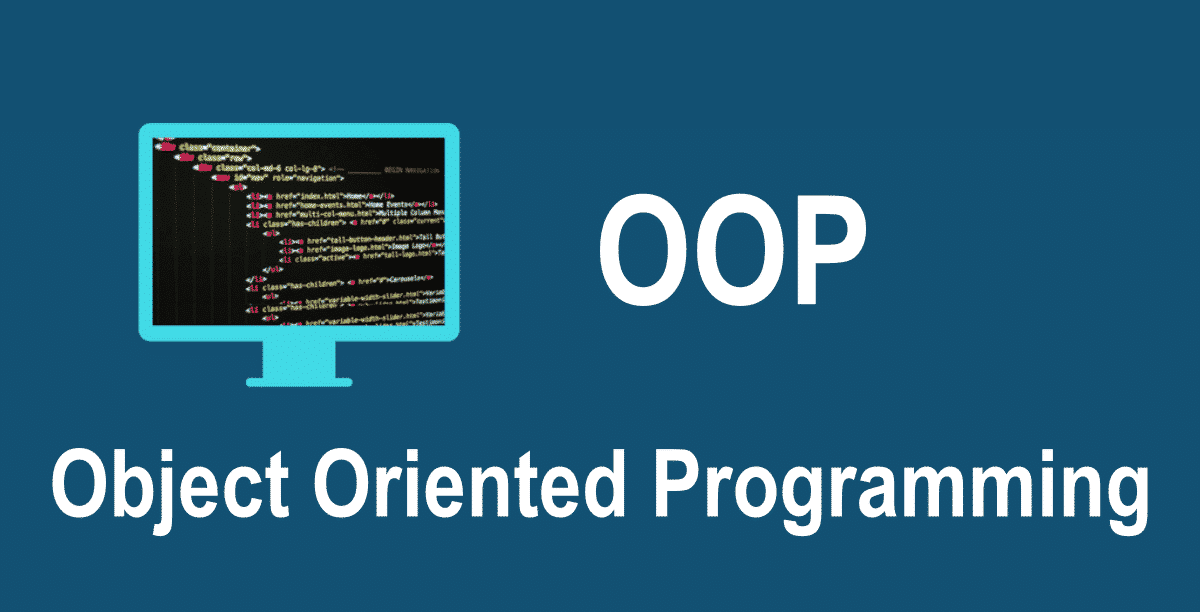OOPs
1 comment
Object-Oriented Programming (OOP) is a programming paradigm based on the concept of "objects," which can contain data in the form of fields (attributes or properties) and code in the form of procedures (methods). Here are the key concepts of OOP:
Class: A blueprint for creating objects. It defines a datatype by bundling data and methods that work on the data into one single unit.
Object: An instance of a class. It is a self-contained component which consists of methods and properties to make a particular type of data useful.
Encapsulation: The bundling of data, along with the methods that operate on that data, into a single unit or class. It restricts direct access to some of an object's components, which can prevent the accidental modification of data.
Abstraction: The concept of hiding the complex implementation details and showing only the necessary features of the object. This is achieved through abstract classes and interfaces.
Inheritance: A mechanism where a new class is derived from an existing class. The new class, known as a child or subclass, inherits attributes and methods from the parent or superclass.
Polymorphism: The ability of different classes to respond to the same method call in different ways. It allows one interface to be used for a general class of actions, making it possible for the same method to be used on different objects.
Method Overloading: A feature that allows a class to have more than one method having the same name, if their parameter lists are different.
Method Overriding: A feature that allows a subclass to provide a specific implementation of a method that is already defined in its superclass.
Benefits of OOP
- Modularity: The source code for a class can be written and maintained independently of the source code for other classes.
- Reusability: Once a class is written, it can be used to create multiple objects.
- Pluggability and Debugging Ease: If a particular object turns out to be problematic, it can simply be removed and replaced with another object.
Example
Here's a simple example in Python to illustrate OOP:
class Animal:
def __init__(self, name):
self.name = name
def speak(self):
pass
class Dog(Animal):
def speak(self):
return f"{self.name} says Woof!"
class Cat(Animal):
def speak(self):
return f"{self.name} says Meow!"
dog = Dog("Buddy")
cat = Cat("Whiskers")
print(dog.speak()) # Output: Buddy says Woof!
print(cat.speak()) # Output: Whiskers says Meow!
In this example:
Animalis the parent class.DogandCatare subclasses that inherit fromAnimal.- The
speakmethod is overridden in each subclass to provide specific behavior.

Comments